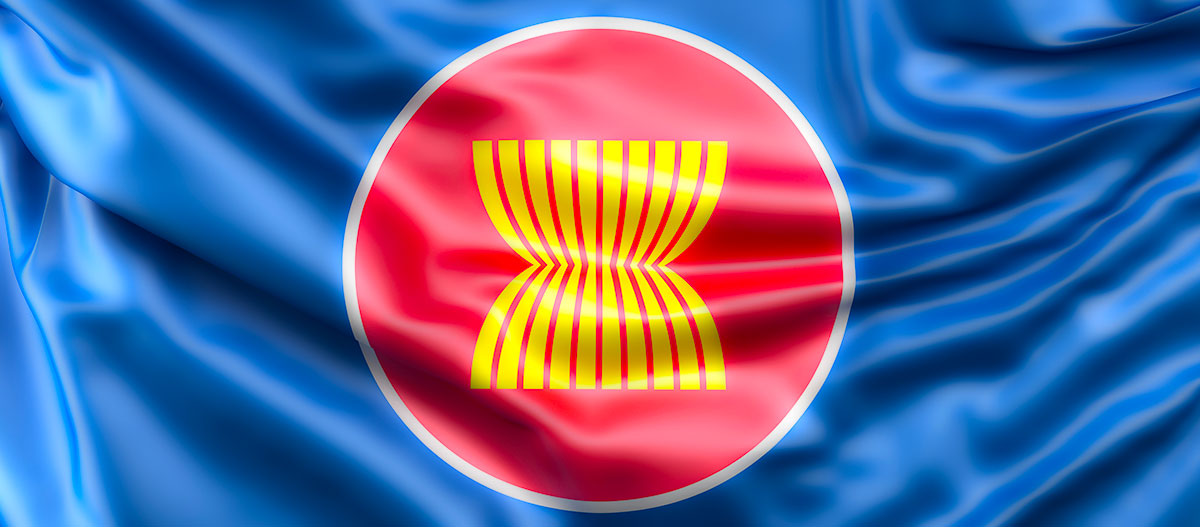WHEN the 34th ASEAN Summit was held in Thailand last month, one of the key documents released was the “ASEAN Outlook on Indo-Pacific”.
It was meant to support ASEAN’s continued effort to remain not only a key player, but also a driving force in the regional architecture.
Despite not establishing formalised institutions such as those established by the European Union, ASEAN has made itself the lynchpin organisation of East Asia — and given regionalism in East Asia some real power.

Now there is concern about whether or not ASEAN’s acceptance of ‘Indo-Pacific’ means that it is allying itself with the US effort to reshape the region’s architecture — to include the US in an area in which it possesses a strategic interest but no geographical proximity.
The White House’s National Security Strategy published in 2017 identifies the Indo-Pacific region from the “west coast of India to the western shores of the US”.
The concept as championed by ‘the quad’ countries (namely the US, Japan, Australia and India) envisions a “free and open Indo-Pacific” — supposedly directed at the perceived threat of China’s growing economic and military power.
ASEAN, however, resists this interpretation. It claims the acceptance of the Indo-Pacific initiative is not the rejection of any previous regional initiative but rather a move to embrace it, bringing it into the existing regional architecture with ASEAN as the focus.
The East Asian Summit, the ASEAN Regional Forum, as well as the Plus Three dialogue partners would remain the key infrastructure for engagement.
ASEAN has also rejected the idea that the Indo-Pacific is about remapping strategic areas.
Its outlook document presents the Indo-Pacific as incorporating the Asia-Pacific and Indian Ocean regions and as contiguous territorial spaces in a closely integrated and inter connected region, with ASEAN playing a central and strategic role.
The biggest division between this ASEAN view of the Indo-Pacific and that of the Quad is in the way China’s role in the region is portrayed. When the so-called like-minded democratic countries champion the idea of ‘freedom’ in their take on the Indo-Pacific, it increasingly sounds like freedom from China.
ASEAN, on the other hand, staunchly insists on its belief in inclusion for all, especially with respect to China.
One question is whether ASEAN’s tentative acceptance of the Indo-Pacific concept might herald even bigger changes.
Could it have the unintentional effect of limiting ASEAN’s current leadership role, and affirming a new boundary for strategic focus and importance — one that will simply highlight US and China interests?
A further question is how do external partners fit into the differing visions of Indo-Pacific? Where does the EU, for example, fit into this extraordinarily vast new architecture — so vast that it can hardly be termed regional?
Europe is, in fact, one of the few regions of the world to be excluded from the Indo-Pacific concept, despite being a massive investor in the Asian region.
Equally important, is the EU likely to engage with ASEAN’s inclusive vision of this integrated and interconnected region — or prefer the Quad’s version of a security architecture, balancing China’s perceived threat to the region?
The issue grows in importance if the EU seeks to correct the imbalance between its economic and strategic investment in Asian countries — and adopts a more assertive strategic role.
Currently, the EU is of very limited strategic importance to the Asian — or Indo-Pacific — region, except in economic terms.
Current ambiguity in the Indo-Pacific construct, confusion, for instance, about how far west it might reach in terms of membership, may be merely a reflection of the increasingly complicated shifts in geopolitics.
Despite ASEAN efforts, there is likely to be a continuing struggle to achieve a more meaningful security architecture.
What is clear, however, is that new thinking can present threats as well as promise.
China will be watching warily the development of the Indo-Pacific concept; and Europe could feel its outsider status all the more sharply when confronting a regional architecture which might stretch from America even to the Middle East.
ASEAN countries inherit a tradition of looking outward, seeking benefits from every part of the world.
In thinking about the drawing of new regional lines, ASEAN will not only be concerned about China relations, but also about maintaining vital relations with non-Indo-Pacific regions, most of all Europe.
The writer is from Asia Europe Institute, Universiti Malaya. This article was first published in New Straits Times on 17 July 2019.
Last Update: 23/12/2021